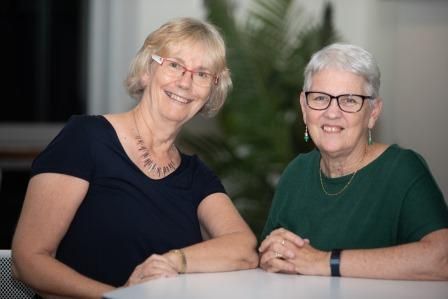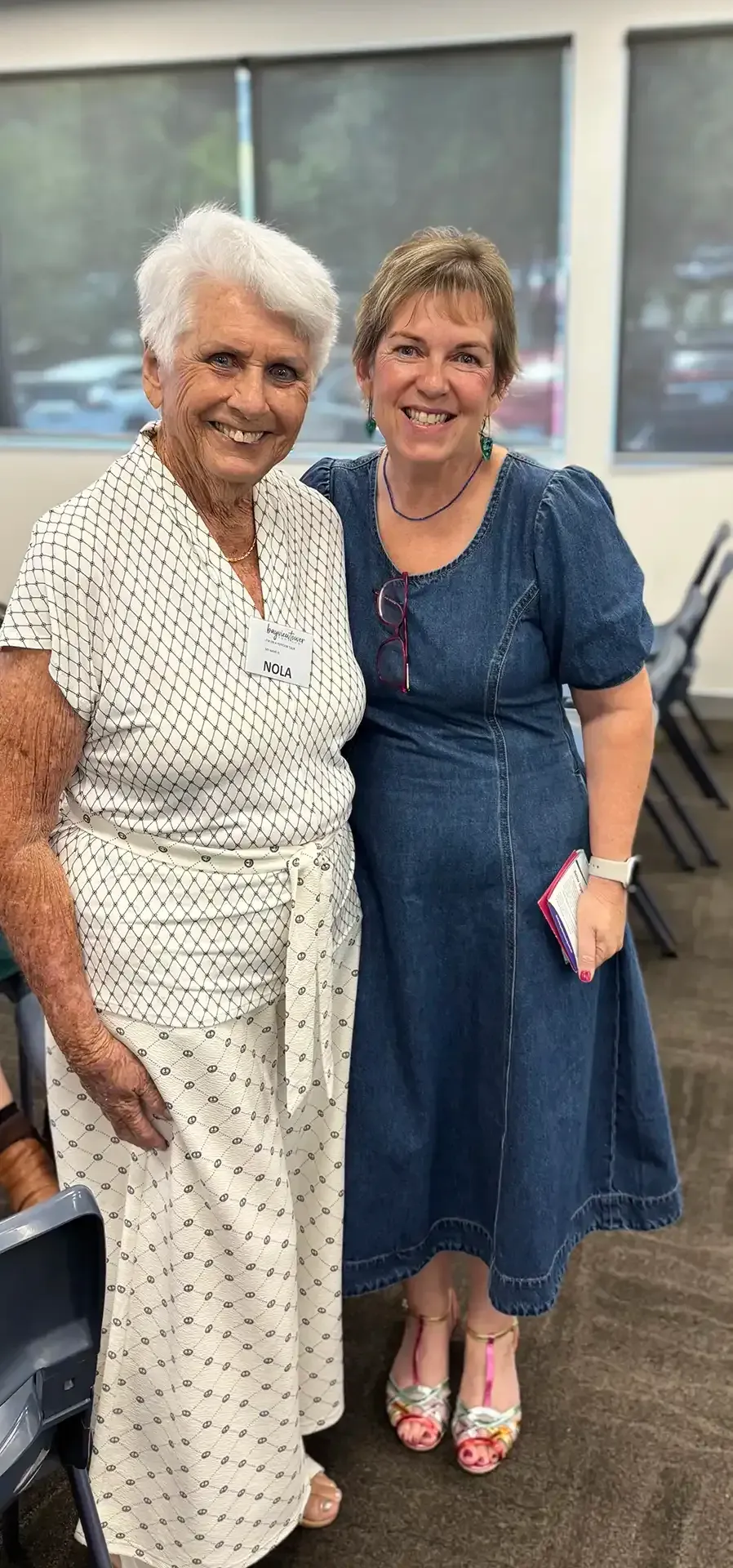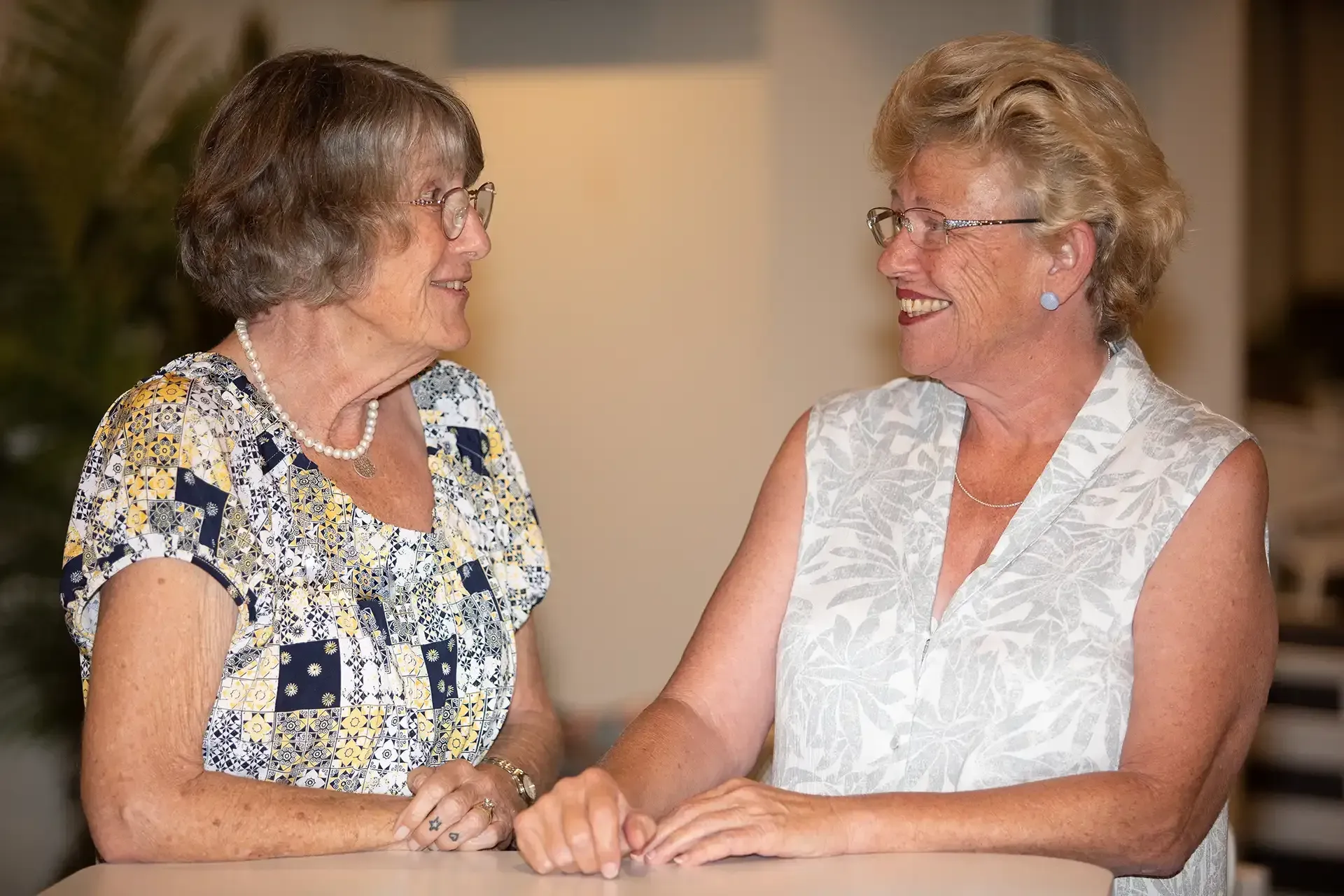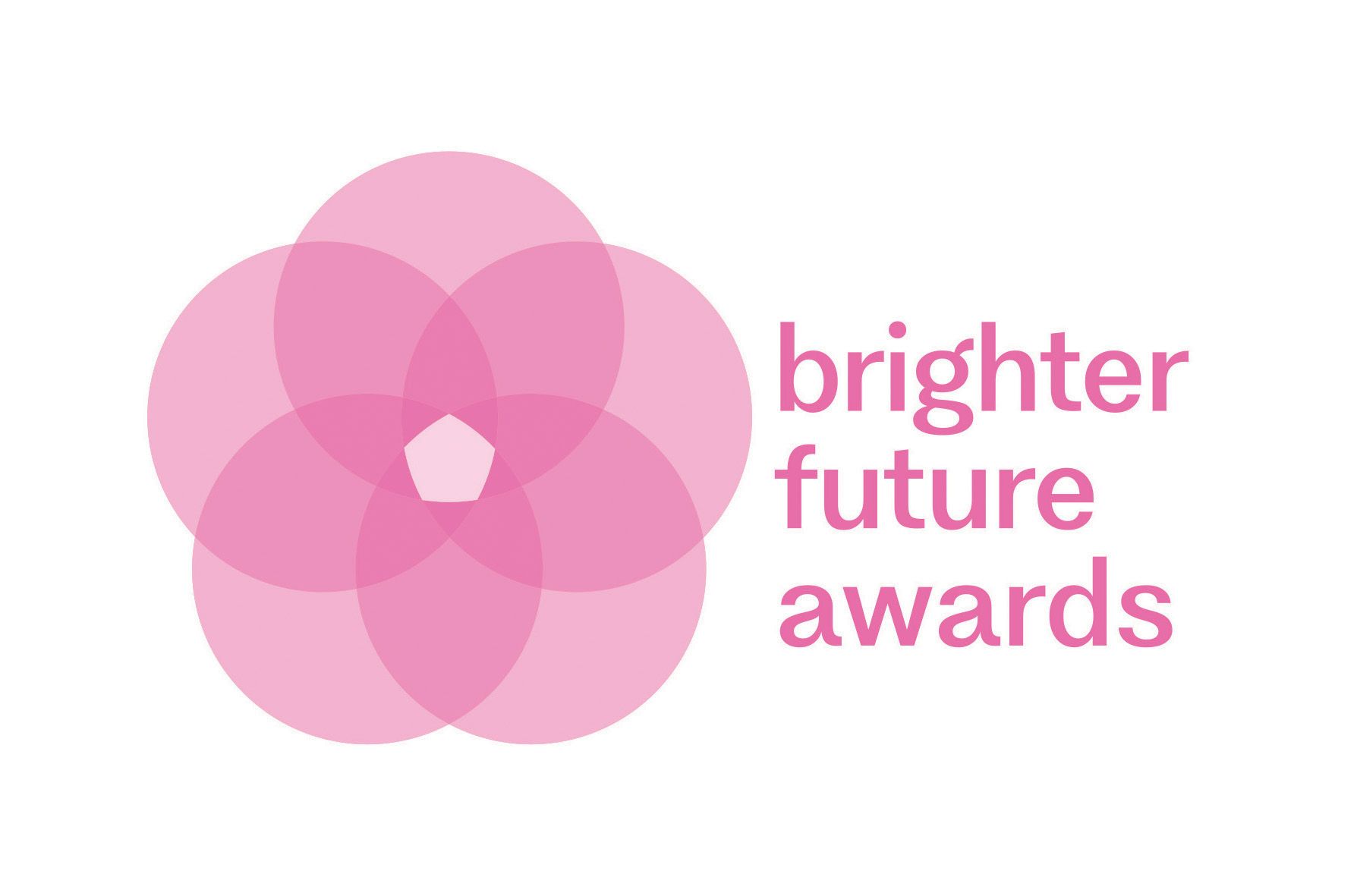Women living better together
Better Together Housing is a community-led initiative focused on empowering women over 55 to find secure, affordable and supportive housing solutions through shared living. Natasha Larsen-Dow from Coast2Bay fills in the details.
The Better Together Housing (BTH) program responds to the growing housing crisis on the Sunshine Coast, Mackay and Brisbane regions that disproportionately impacts older women.
Founded in 2017 at a grassroots community level, Better Together was initially the vision of a group of proactive older women on the Sunshine Coast who were experiencing housing insecurity. They saw a need for older women to be able to seek housemates or house sharers in a safe and secure way.
Most websites for housing focus on lifestyle and don't have the appropriate security measures in place for members’ information. This makes them less than ideal for older women without shared housing experience, or women seeking to share with another woman of similar age and like-mindedness. Not so with Better Together, which takes the concept of a website 'home matchmaking' service and tailors it to meet the increased security requirements of older, often vulnerable, women.

Coast2Bay Housing and Sundale Aged Care facility co-designed the Better Together Housing program and applied for seed funding to run a pilot on the Sunshine Coast. They later sought state government funding to expand the project to Mackay in 2021 and have since expanded to the Brisbane region.
Since then, State Government support has increased, and today BTH is the only government-managed, early intervention program of its kind that focuses on assisting women aged 55+ to meet and share a home–either their own or a rental property together.
Membership for Better Together is free and solely for independent, single women over 55. Every member must provide a current security document to verify her identity (e.g. Blue Card, Yellow Card, police check, teachers' or nurses' registration). This helps give all members some peace of mind.
Members have access to a secure website with a dedicated members-only forum to post what they are offering/looking for in shared housing, along with ways to directly message each other. We also provide coffee gatherings for members who would rather meet-face-to-face to explore shared housing and find a home.
While the focus of our program is about finding and offering housing, often the larger impact comes from the social connections and community that women discover when sharing their experience with other women going through something similar.
We were recently reminded of the power of connection and community when we were invited for afternoon tea with two of our members, Nola and Nada, who wished to share their journey of finding each other through BTH with us.
Reaching out, for Nola, was no small step. As an independent career woman for over 50 years, she had built a life she loved, but due to the rising cost-of-living and rents, she was finding herself worrying about her future.
The idea of shared housing felt daunting to Nola. She acknowledges that it took courage to make the call to speak to BTH. Only after speaking with one of the team, she felt supported enough to take the next step.

At the same time, Nada, who moved to Australia from Croatia in 1982, had also been searching for housing. Following a marriage breakdown, she faced the familiar story of many older women struggling to find secure, affordable accommodation.
For six months, she searched unsuccessfully until she came across Nola’s member profile on the BTH platform. The two connected, and as Nola put it, “The vibes were good from the beginning.” They agreed to give each other space and patience as they settled into shared living, but it didn’t take long for their connection to grow into something more than housemates.
Since living together, their shared home has become more than a practical solution. Nada has found peace and relaxation, even noticing that she’s sleeping better. When Nola invited her to her regular Friday night gathering with friends, Nada’s words captured the heart of it all: “I think I’ve found my tribe.”
During the process of preparing for Nada to move in, Nola decided to declutter. While clearing out old belongings, she stumbled upon a forgotten journal from 30 years ago containing a children’s story she had written but never shared. Feeling inspired, she showed it to Nada and, as it turned out, Nada illustrates children’s books!
They decided to marry Nola's words with Nada's illustrations. And with it, what started as a practical need for shared housing suddenly blossomed into a creative partnership. Together, they have just completed and printed their first children’s book, which they have shared with family and friends—a project that neither of them could have imagined a few short months ago.
In solving their housing situation, Nola and Nada also found friendship, creativity and shared purpose. Better Together Housing is so proud to have played a small part in helping them find not only a home but also a new chapter of possibility.
While shared housing is what Better Together Housing is all about, we also understand that it's not for everyone; however, even with those who may be reticent to share living arrangements, there is power in connection and partnerships.
One of our potential members, Barb, had suffered a series of strokes that left her in a serious housing situation. She was already in a shared house before learning about BTH. Other tenants were moved in without Barbs’ knowledge, and she soon found herself the victim of extreme elder abuse.
During this time, Barb had linked in with Sharon from the Footprints Housing Older Women’s Support Service. Sharon worked with Barb to help her with housing solutions, and it soon became apparent that Barb's options were being exhausted. Sharon recommended she attend one of the Better Together Housing gatherings. Even though Barb was feeling very low at this stage, she agreed to go.
At the BTH events, Barb met women in similar situations and, while it broke her heart to know other mature women were struggling, it also gave her hope.
As Barb recounted her own story, one of the other women mentioned a possible vacancy at an aged care residence. This particular place was closer to Barb's granddaughter, which is where she ultimately wanted to be. Barb and Sharon headed straight for the aged care residence after the meeting with renewed hope. When they got there, Barb felt her story was being heard and luckily a unit had just become available. It was hers if she wanted it.
Within a week, Barb was able to move into a home that is safe and secure. If it hadn’t been for Sharon and BTH, Barb might not have come across this life-changing opportunity. She told us, “Like so many other older women, I had contributed to society only to find myself forgotten. But thanks to these two organisations, and the women in them taking the initiative to work together, I was given a second chance."
While Better Together Housing doesn’t provide the housing itself, what we do is facilitate the connections, which is the way for our participants to collaborate and find their own solutions. Sometimes it just takes an introduction.
Learn more about the program by visiting the Better Together Housing (BTH) website.
Other articles you may like

We acknowledge the Wathaurong, Yuin, Gulidjan, and Whadjuk people as the traditional owners of the land where our team work flexibly from their homes and office spaces. Ahi Australia recognises Aboriginal and Torres Strait Islander peoples as the first inhabitants of Australia and the traditional custodians of the lands where we live, learn and work. Ahi New Zealand acknowledges Māori as tangata whenua and Treaty of Waitangi partners in Aotearoa New Zealand.
Copyright © 2023 Australasian Housing Institute
site by mulcahymarketing.com.au





